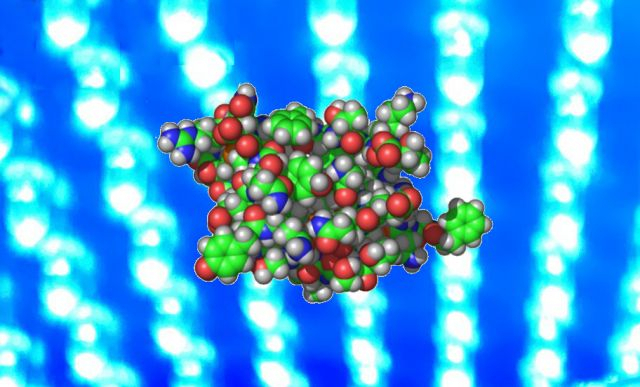Light, give me light! That seems to be the guide for many people, including diabetics! Glucose levels of mice can be controlled in a mouse model of diabetes without pharmacological interference, but just light. Researchers from Tufts University moved engineered pancreatic beta cells into mice with diabetes. That made the rodent cells produce more than two to three times the standard level of insulin after they were exposed to light. The light-switchable cells have been doctored to make up for lower insulin production or response found in diabetic individuals. according to a study published in ACS Synthetic Biology.
Glucose is an important fuel used by cells, and insulin is a hormone that plays a central role in controlling its levels. Diabetes affects millions all over the world. The most common form of the illness is the Type II diabetes. In this, the body's cells do not respond to insulin, which makes the glucose circulation peak to dangerously high or hyperglycemia levels. The pancreas does not pitch in with enough insulin production to make up. The only cells in the body producing insulin in type I diabetes are the beta cells. They get destroyed by the immune system, leading to a total lack of insulin.

Currently, diabetes is treated with drugs that enhance the production of insulin. Otherwise, insulin is also injected to supplement the natural supply. As both cases are manual regulation of blood glucose with drug or insulin injections, after intermittent readings, many times the glucose could either spike or fall to levels that would have harmful long-term effects.
Hence, to maintain a vital real-time link between the release of insulin and concentration of glucose in the blood, scientists resorted to 'optogenetics', which relies on proteins that change their activity on demand under light. Pancreatic beta cells are engineered with a gene encoding a photoactivatable adenylate cyclase (PAC) enzyme.
PAC produces the molecule cyclic adenosine monophosphate (cAMP) when blue light is shined on it. This enhances the glucose-stimulated manufacture of insulin in the beta cell. When the blood glucose is high, the production of insulin shoots up two-to-three-fold. With lower glucose levels, insulin production also comes down. This prevents the common drawback of everyday diabetes treatments, which can overcompensate on insulin exposure and leave the patient with harmful or dangerously low blood sugar (hypoglycemia).
Researchers found that transplanting the engineered pancreatic beta cells under the skin of diabetic mice led to improved tolerance and regulation of glucose, reduced hyperglycemia, and higher levels of plasma insulin when subjected to illumination with blue light. "It's a backwards analogy, but we are actually using light to turn on and off a biological switch," said Emmanuel Tzanakakis, professor of chemical and biological engineering at the School of Engineering at Tufts University and corresponding author of the study.

"In this way, we can help in a diabetic context to better control and maintain appropriate levels of glucose without pharmacological intervention. The cells do the work of insulin production naturally and the regulatory circuits within them work the same; we just boost the amount of cAMP transiently in beta cells to get them to make more insulin only when it's needed," he said. The blue light simply flips the switch from normal to boost mode. These optogenetic methods of using light-activatable proteins to modulate cell functions are being explored in a number of biological systems, fuelling the development of novel genres of treatments.
"There are several advantages to using light to control treatment," said Fan Zhang, graduate student in Tzanakakis' lab at Tufts and first author of the study. "Obviously, the response is immediate; and despite the increased secretion of insulin, the amount of oxygen consumed by the cells does not change significantly as our study shows. Oxygen starvation is a common problem in studies involving transplanted pancreatic cells."









